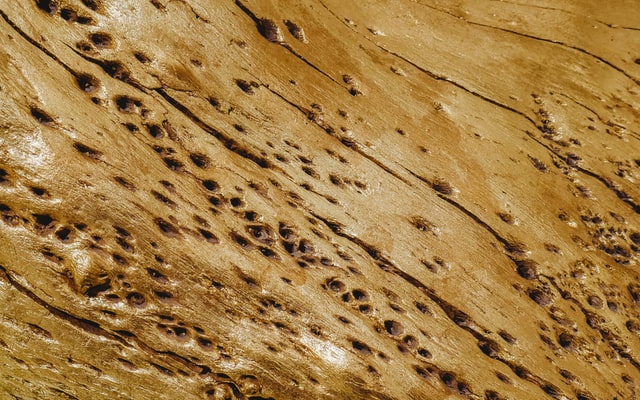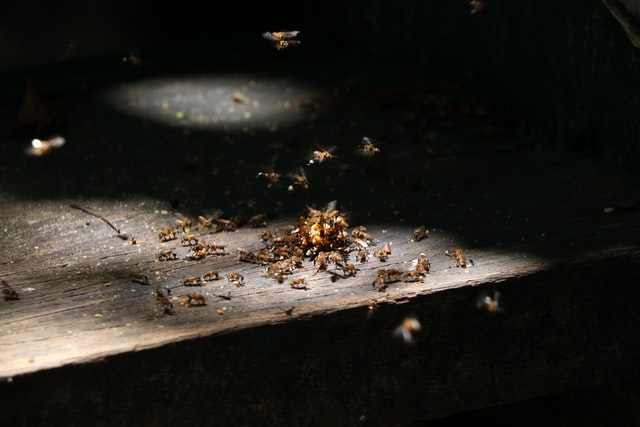Termites are a row of winged social insects. Adult winged insects (unlike ants, whose winged forms have a front pair of wings larger than the other pair of wings). Adaptation of termites to wood nutrition is occurring in the digestive system, decomposing cellulose and protozoa. How to kill winged termites?
What are flying termites?
Not all termites are created equal. Termites, like ants and bees, live in colonies and are born in specific professions. Winged termites (also known as swarm termites, flying termites or winged termites) are reproductive parts of the colony.
Where do flying termites come from?
In the spring months, male and female breeding termite pairs will start their first (and only) flight – an affair that lasts only a few days; enough time to find a safe place to establish a new colony.
After locating the landing site, the steam safely falls to the ground and sheds its wings, building a small cavity in the ground to safely crawl inside and associate it for the rest of life. Yes, this “landing zone” sometimes means in cozy, untouched areas of people’s homes.
Signs of termite invasion
One of the main reasons termites can be so harmful is that before many homeowners discover them, serious damage has already been done. The termite invasion is like cancer; detect him early and the chances are pretty good, catch him late and the treatment will be painful and intensive.
That is why it is very important to learn to see signs of termite invasion. Watch out for the following:
- Winged swarms of termites
If you see a swarm of winged termites near or near your home, it’s a sure sign that a termite colony is nearby. Like winged ants, these winged termites are probably swarming around the light source. They also look similar, and the layman will not be able to distinguish them.
- Swarm wings rejected
The termite swarm does not hold its wings for a long time. After dropping the wings, they look for places to build new nests. If you notice small piles of thrown out wings of the warriors in places such as window sills or caught in cobwebs, a termite colony may be nearby; or one that is about to start.

How to get rid of them?
- Blocking lights with heavy curtains
Like most insects, flying termites attract light sources. Stop attracting more termites to your home by covering all windows with durable blackout curtains. You should also turn off any unnecessary lights in the evening.
- Electric shock for termites using the Bug Zapper program
If flying termites have already entered your home, place a worm removal program indoors in a dark corner of the room. Bug Zapper will attract flying termites via UV bulbs and kill them when they come into contact with electricity.
- Use a vacuum cleaner
A vacuum cleaner is an effective way of dealing with flying swarms of termites. Fill the store’s vacuum cleaner with soap and water, then start sucking flying termites. The vacuum cleaner will also be useful when you have to remove fallen wings of insects.
- Block entry points
Comb your home and identify all potential entry points for flying termites. Block these entry points with the necessary material. For example, if termites fall under the door, you can install a weatherproof seal around them.















